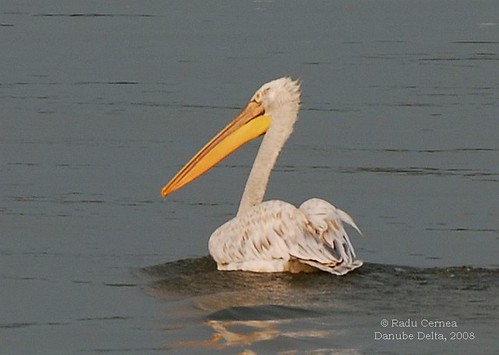I'm speechless. Two years ago I wrote about the wild horses in Letea forest, as a response to a great video I found on youtube. The authors, Lucian Reniţă and Irina Stelea, were explaining that they eat trees crust and this might cause death of some trees. However, the horses, allegedly released sometimes in the '80s, adapted to the very tough conditions in Danube Delta's winters and evolved into a real genetic patrimony of Romania.
I was telling my colleagues from allover Europe about them and about the unique place that Danube Delta is.
However, few days ago, some smart ass (Romanian authorities, but I couldn't tell exactly who and why, I'm trying to find out) decided the horses should be killed. Yes, killed. The official reason is that some of them suffer from horses' anemia; however, without waiting for analyses from the laboratory they are paying villagers up to 100 lei (25 EUR !) per horse, so the very poor people inhabiting the area capture the horses, claim themselves as owners of the animals and put them together waiting to be killed with really inhuman crudity.
This pictures might help having an idea about the way Romanian people in that area treat animals. No animal deserves this treatment, less the poor horses.
By the time I'm writing this 50 of the 71 horses captured so far are in a truck heading probably for a slaughterhouse somewhere in the west Romania. I repeat, this happens even though the lab analyses arrived and indicated they have no horses anemia. 21 remained there and are waiting to be killed during the coming days.
By the time I'm writing this 50 of the 71 horses captured so far are in a truck heading probably for a slaughterhouse somewhere in the west Romania. I repeat, this happens even though the lab analyses arrived and indicated they have no horses anemia. 21 remained there and are waiting to be killed during the coming days.
Here is another video shot with this beautiful animals.
Here is a new Facebook community aiming to do something about this and here is a petition for saving the horses in the Danube Delta. Here is a reportage made by a one of the biggest Romanian TV channels.
Update: After reading some more I understand the problem is the big number of horses (latest numbers indicate about 4000) and the damage they do over the species of plants. Apparently, due to the fear of infectious anemia they cannot be moved to other areas or used by the people. This I can understand and I can also understand the need of a balance in this very sensitive eco-system. However, I cannot understand the way they are killed, without waiting for lab results and without looking for a better solution.
Update: After reading some more I understand the problem is the big number of horses (latest numbers indicate about 4000) and the damage they do over the species of plants. Apparently, due to the fear of infectious anemia they cannot be moved to other areas or used by the people. This I can understand and I can also understand the need of a balance in this very sensitive eco-system. However, I cannot understand the way they are killed, without waiting for lab results and without looking for a better solution.




